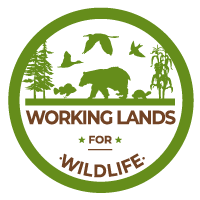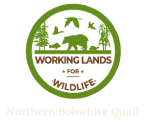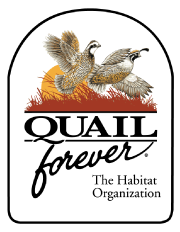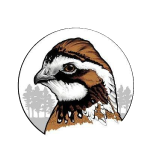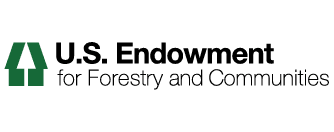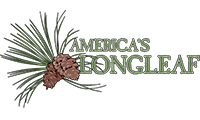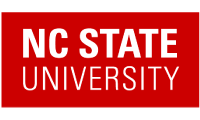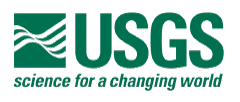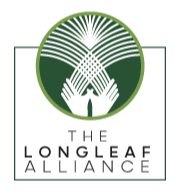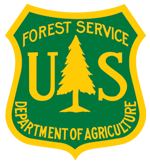Innovative Conservation on the Sid Williams Ranch
La Salle County Texas was historically a midgrass dominated grassland ecosystem. That historic prairie, like many other places, is now being lost to woody encroachment, including on the Williams ranch.
Species such as mesquite, whitebrush and blackbrush have overtaken areas previously ideal for both livestock and upland birds. This area is located within the geography of the Working Lands for Wildlife Northern Bobwhite Quail, Grasslands, and Savannas Framework, which focuses on private lands conservation and uses bobwhite as an indicator of system restoration health. Work being done in the area to reverse this trend largely focuses on brush management and the re-establishment of native grasslands.
“The brush down here is just so thick,” says Kathryn Menke, District Conservationist for the USDA's Natural Resources Conservation Service (NRCS). “You’ll have 10,000 acres and only 500 will be grazable.”
For Williams, these challenges impact both available forage for their grazing operation and upland habitat for wildlife.
Williams says his initial interest in converting the shrubby areas to grasslands was because he felt the best soil was in the whitebrush thickets. The areas he cleared were first planted as food plots, but as he learned about programs available through NRCS, he transitioned to bringing back the native grasses that once characterized the area. Williams now uses a combination of brush removal, mulching, targeted herbicide and prescribed grazing to restore grasslands on the ranch. He has also installed solar pumps and water wells for wildlife and a dam intended to create waterfowl habitat.
He has taken his years of experience as a rancher and integrated ranching, hunting and wildlife conservation. Menke says, “I often feel like I’ve learned more from Sid than he ever learned from me.”
Williams has an approach to conservation that was built from decades of observation. One such practice has been the use of hydro-ax to remove brush, mulch it, root plow the area and then put that organic material back onto the landscape. Traditionally, the brush would have been piled up and burned, but Williams felt that this approach wasn’t very effective.
“They had all these hydro mulchers around for building oil pads and it seemed a more efficient way of managing woody encroachment than using a bulldozer or other heavy equipment,” he says.
Once the brush is removed, Williams says all you need to do is wait for rain to trigger the growth of the native plants in the seed bank. His approach has yielded consistently positive results. He reports that in one 300-acre pasture where such practices have been employed, fourteen different native grasses have come up and there are now between ten and fifteen coveys of quail.
He has also implemented a different approach to creating transition habitat for wildlife. Contractors often cut long, narrow strips through the brush, but Sid believes it’s essential for these openings to have bends and curves to them. In his experience, deer and quail will orient to the edge cover more if they have places where they aren’t in the open.
“If you don’t cut down the field of view the deer don’t feel safe,” Williams says.
His approach creates a complex of open grasslands close to woody cover, combining two critical types of habitat that quail need to thrive.
A core value for Williams is sharing his land and empowering people in his community to improve the health of their land. Every year he opens his doors for ministries to host conferences, to go out on hunts and for other landowners to attend workshops. He has also been on the LaSalle Soil and Water Conservation District Board for twenty years, which helps landowners with applying for USDA-NRCS contracts alongside a number of other community services.
Williams also has plans to expand to another 400 acres and implement the same brush removal strategy with help through the Environmental Quality Incentives Program (EQIP) and the Grasslands Restoration and Incentive Program (GRIP). Both cost-share initiatives help to make conservation work more financially achievable. They are made possible through the American Bird Conservancy, the Rio Grande Joint Venture, Quail Forever, the USDA-NRCS and the Texas Parks and Wildlife Department. To learn more about programs available for landowners and Working Lands for Wildlife, contact a Pheasants and Quail Forever biologist or a local USDA-NRCS Service center.



